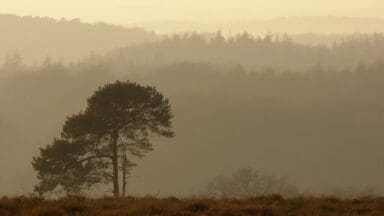
Developed in collaboration by the Scottish Forestry, Forest Research and partnering organisations in forestry, conservation, and rural sectors, the 28-strong list aims to protect UK’s woodlands against the growing threats of climate change.
The Future Productive Species List comprises a diverse range of 28 species, including 14 conifers and 14 broadleaves. Based on scientific criteria, the species have been selected to ensure resilience in the face of evolving environmental conditions, as well as delivering ongoing economic, environmental, and community benefits.
Increasing the diversity of forests is important to strengthen against future threats, such as climate change, pests and diseases. The ‘species for the future’ list reflects this need and also assists the sector to identify the species most suitable for investment in for the future and contribute to Scotland’s woodland resilience.
“We’ve seen the very stark global effects of climate change with hotter and drier summers and warmer wetter winters. We must future-proof our forests for the future to ensure that they thrive and continue to provide multiple benefits. This new list isn’t just about timber production – which in itself is vital – it’s about ensuring our woodlands can survive in a future climate. Our woodlands also need to support biodiversity, lock up carbon, and provide the social and recreational and environmental benefits that communities value so highly,” said Mairi Gougeon, Scotland’s Forestry Secretary.

